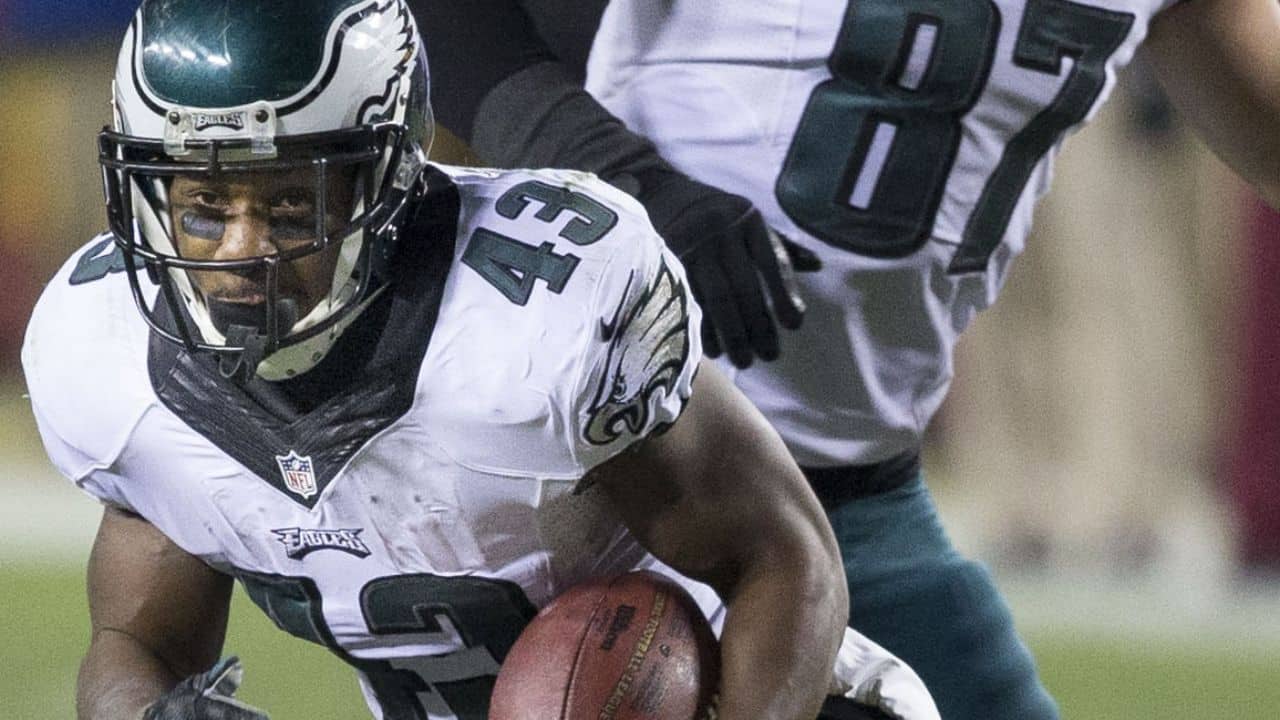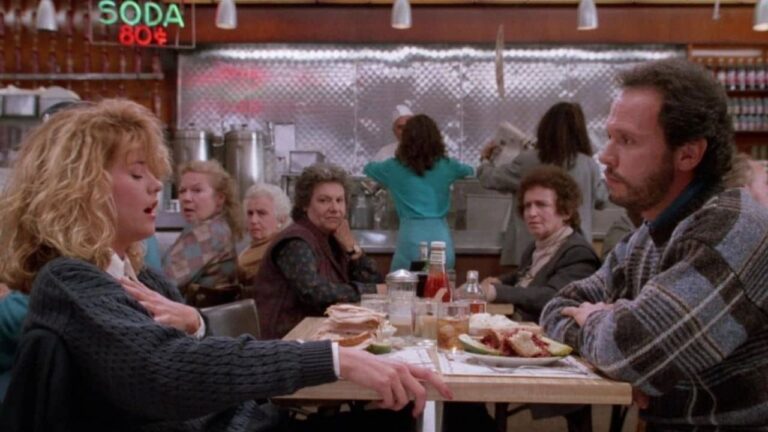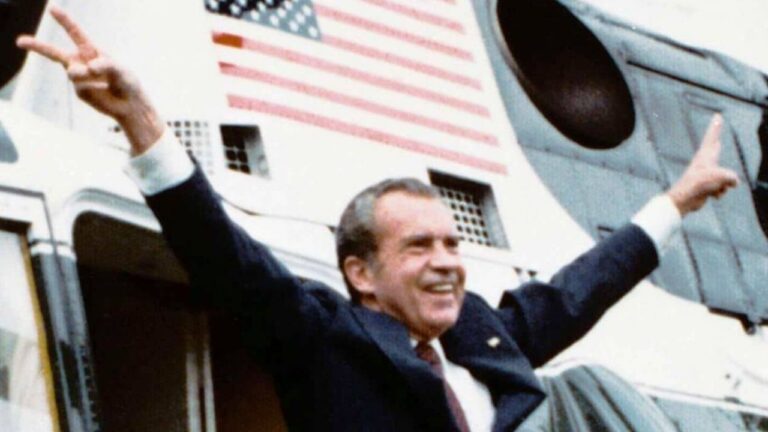10 Backs With More Receiving Yards Than Rushing Yards

here have been some amazing, big-time NFL running backs who had all-around skills as both a runner and receiver — Marshall Faulk, Marcus Allen and LaDainian Tomlinson come immediately to mind.
And then there have been some overachieving — mostly undersized — running backs who took their pass-catching talents to extremes, actually posting more receiving yards in their career than rushing yards.
We present the overachieving 10 backs who did just that while also posting at least 3,000 career receiving yards to boot.
Larry Centers

The three-time Pro Bowl star reinvented the fullback position in the 1990s as a running back for the Phoenix/Arizona Cardinals, carving his niche where he had more receiving yards than rushing yards in all 13 seasons he started games, finishing with 6,797 receiving and 2,188 rushing yards on 827 receptions and 615 rushes. The 6-foot, 225-pound back peaked in 1995 and 1996 when he combined for 1,728 receiving yards and 9 touchdowns on 200 receptions, along with 679 rushing yards and 4 touchdowns on 194 rushes. Centers, who played with the Cardinals, Washington Redskins and Buffalo Bills, closed his career for the 2003 New England Patriots at age 35 as a Super Bowl champion.
Ronnie Harmon

The 1992 Pro Bowl running back for the San Diego Chargers is the only NFL player to average at least 4.5 rushing yards per carry on 600-plus carries and at least 10.0 receiving yards per catch on 550-plus receptions. Yes, it is a concocted statistic, but that does not make Harmon’s uniqueness any less true. The 5-11, 200-pound back, who played on the Chargers’ 1994 AFC championship squad, finished his 12-year NFL career with 6,076 receiving yards and 24 touchdowns on 582 receptions, along with 2,774 rushing yards and 10 touchdowns on 615 rushes.
Lenny Moore

Lenny Moore pioneered the position — when he was called a halfback-flanker back in the 1950s — and used his ingenuity to get into the Hall of Fame, five first-team All-Pro squads, seven Pro Bowls and also led his Baltimore Colts to the1958 and 1959 NFL Championships, playing alongside Hall of Fame quarterback Johnny Unitas. The 6-1, 191-pound speedy right halfback finished his 12-year career with 6,039 receiving yards and 48 touchdowns on 363 receptions, along with 5,174 rushing yards and 63 touchdowns on 1,069 rushes. He led the NFL in rushing yards per carry four times, rushing touchdowns once and was named to the NFL 100 All-Time Team and Pro Football Hall of Fame All-1950s Decade team.
Keith Byars

The 1993 Pro Bowl running back for the Miami Dolphins was quite often an NFL playoffs fixture, playing on eight different postseason teams for four different organizations (Philadelphia Eagles, Miami Dolphins, New York Jets and the 1996 New England Patriots AFC championship squad). The 6-1, 245-pound Keith Byars, who had 613 receiving yards and 269 rushing yards in that aforementioned Pro Bowl season, finished his 13-year career with 5,661 receiving yards and 31 touchdowns on 610 receptions, along with 3,109 rushing yards and 23 touchdowns on 865 carries.
Eric Metcalf

While his father, Terry Metcalf, was a three-time Pro Bowl running back for the 1970s St. Louis Cardinals teams, Eric placed more emphasis on the catch than the run and was able to carve out his unique 13-year pro career. The younger Metcalf was a two-time All-Pro player, earning 1993 honors as a Cleveland Browns running back and 1997 honors as a San Diego Chargers kick returner, and a three-time Pro Bowl player. He had three 1,000-plus yards-from-scrimmage seasons and finished his career with 5,572 receiving yards and 31 touchdowns on 541 receptions, along with 2,392 rushing yards and 12 touchdowns on 630 rushes.
Darren Sproles

Besides being a pass-reception running back, Darren Sproles offered a third skill-set to the mix by being a three-time Pro Bowl kick returner for the mid-2010s Philadelphia Eagles. He was also voted as both a flex position player and also a punt returner on the Pro Football Hall of Fame All-2010s Decade. That unmatched versatility enabled the 5-6, 190-pound track star — he finished second in the 200 meters at the state prep championships in Kansas — to amass 4,840 receiving yards and 32 touchdowns on 553 receptions, along with 3,552 rushing yards and 23 touchdowns on 732 carries.
Kevin Faulk

To best illustrate how smart NFL coaches value the pass-reception running backs, one need look no further than Kevin Faulk’s role on Coach Bill Belichick’s first three Super Bowl championship teams in the 2001, 2003 and 2004 seasons and how the New England Patriots head coach never let his back get away; Faulk played his whole 13-year career in New England. He was eventually elected into the Patriots Hall of Fame in 2016, after amassing 3,701 receiving yards and 15 touchdowns on 431 receptions, along with 3,607 rushing yards and 16 touchdowns on 864 carries. The 5-8, 202-pound Faulk also returned 181 kickoffs for a 22.6 return average and 101 punts for a 9.3 return average.
Tony Nathan

Miami Dolphins rookie Tony Nathan made his name as a 1979 All-Pro first-team kick returner, after leading the NFL with a 10.9 average on 28 punt returns, along with a 22.6 average on 45 kickoff returns. As the 6-0, 206-pound earned his keep, Coach Don Shula relied on him more as a receiver out of the backfield, eventually turning Nathan into a perennial 1,000-plus yards-from-scrimmage back in 1981, 1983, 1984 and 1985, as well as the starting running back in Super Bowls XVII (where he had 83 receiving yards and 18 rushing yards) and XIX. Nathan played his whole nine-year career with the Dolphins, tallying 3,592 receiving yards and 16 touchdowns on 383 receptions, along with 3,543 rushing touchdowns and 16 touchdowns on 732 carries.
Terry Kirby

Terry Kirby had the most unique experience breaking into the NFL for a 1993 Miami Dolphins team where Coach Don Shula featured two pass-reception running backs (both Kirby and teammate Keith Byars ranked second and fourth on the team in receiving yards). Kirby’s 874 receiving and 390 rushing yards gave him 1,264 yards from scrimmage and 6 touchdowns as a rookie. The 6-1, 221-pound running back eventually played 10 years in the NFL, splitting time with the Dolphins, San Francisco 49ers, Cleveland Browns and Oakland Raiders, while amassing 3,222 receiving yards and 12 touchdowns on 333 receptions, along with 2,875 rushing yards and 27 touchdowns on 761 rushes.
Don McCauley

At a time when the pass-reception running back was rare in the 1970s, the 6-1, 211-pound Baltimore Colt took his dual role to a new level as the team’s short-yardage running back as well. Don McCauley ranked in the top 10 in rushing touchdowns in 1975, 1976 and 1977. He finished his 11-year pro career with 3,026 receiving yards and 17 touchdowns on 333 receptions, along with 2,627 rushing yards and 40 touchdowns on 770 carries.





